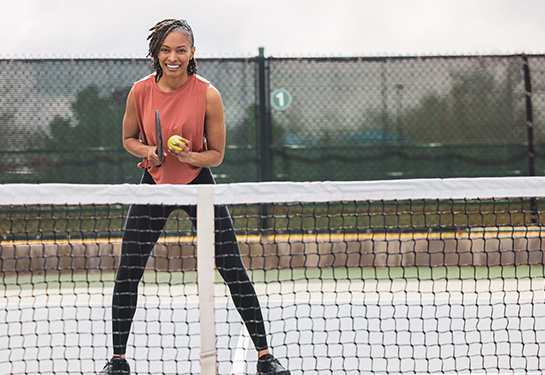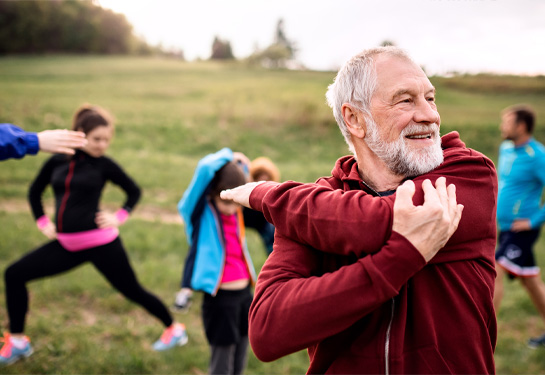Lunges, squats and holds for stronger tendons and ligaments
UC Davis Health physiologist weighs in on different ways of exercising for people who are overweight or recovering from injuries
UC Davis Health molecular exercise physiologist Keith Baar specializes in sports medicine. He studies the effects of exercise on bone, muscle and tendon health.
In this Q&A, he discusses how intensive exercise after injury or when overweight can cause damage to ligaments and tendons. He also talks about the importance of integrating isometric or static exercises into our fitness routines.
Baar is a professor in the Departments of Neurobiology, Physiology and Behavior and Physiology and Membrane Biology.
Many people who are overweight may find it hard to start exercising. Why is this, according to your research?
People who have type 2 diabetes, and in many cases are overweight or obese, have metabolic problems. Society always says that if these people just ate better and exercised more, they would be fine. But data from Denmark shows that if they aggressively start exercising, they will actually rupture tendons. In fact, they are three times more likely to develop tendon problems if they do this, than if they were to decrease their weight slowly and then gradually increase their activity. Our research is starting to explain why.
People with kidney disease, are older, on bad diets, or are overweight or obese make less collagen. Yet, we're telling them all to go out and exercise more. But that is putting them at a pretty big risk for catastrophic injuries to their tendons. If they do get a serious tendon or ligament injury, this increases their risk for heart attacks and further metabolic diseases.
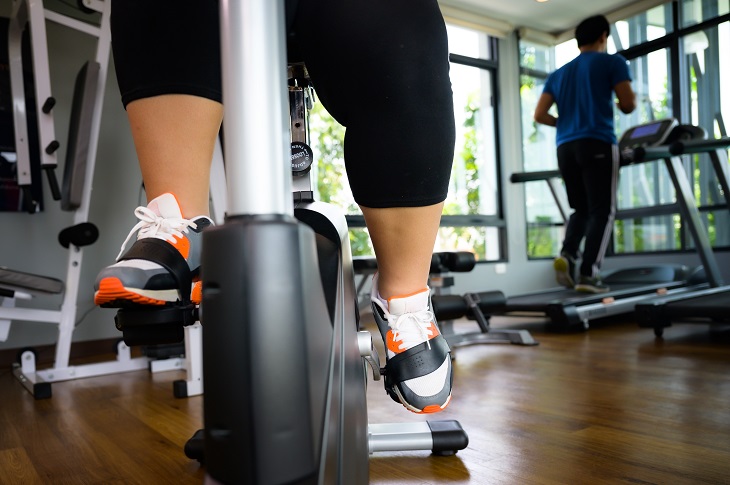
What is a safe way for people recovering from injuries or who are overweight to exercise?
Classically, most people think about running, walking and rhythmic exercises that are associated with impact forces on the ground. Those impact forces are basically absorbed by our tendons, cartilage and bones. If we go out and start running when we are not in the best shape, there is a greater risk that we will cause injuries to these tissues, even if we are not overweight.
For example, our data have shown that when a person who has had a leg in a cast for a while goes back to exercising and normal activities, the leg that was not in a cast gets stronger and better, and the previously cast leg does not improve nearly as much — about threefold less. We think that is a really big issue for how people recover after any injury.
If we're going to start exercising, we can't only go out and run or walk. Instead, our research shows that when we add long isometric holds, the tissues, like our tendons and muscles, improve better. Adding these exercises helps build muscular strength and endurance.
What are isometric exercises?
Isometric or static exercises are moves that involve contracting or tightening the muscles without changing their length. They are positions that hold the body or limbs in a fixed position for a period of time. They include planks, squats, lunges, and many more positions.
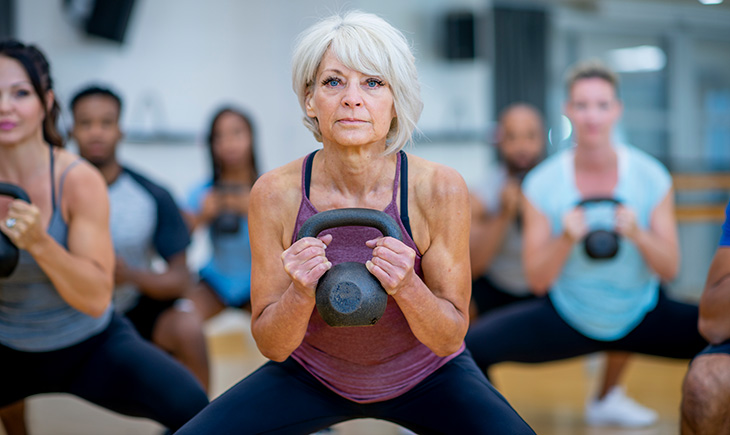
We hear about walking 10,000 steps a day. Is there a golden number for how many times per week to do isometric exercises?
It is totally fine for people to go out and get their steps. When they finish their steps, we would have them do a couple of simple movements, like holding a lunge for 10-30 seconds. To do this, they simply put one foot in front of the other. Then, they bend down so their back knee is just above the ground. That's a great movement because it will strengthen the Achilles tendon on one leg and the patellar and the quadriceps on the other leg. We would do that kind of exercise at the end of our walk or run or whatever best fits into the person’s routine.
And then you do two or three different moves like that. You hold them for 10-30 seconds each. That's all you need to do to keep those tissues healthier in the long run.
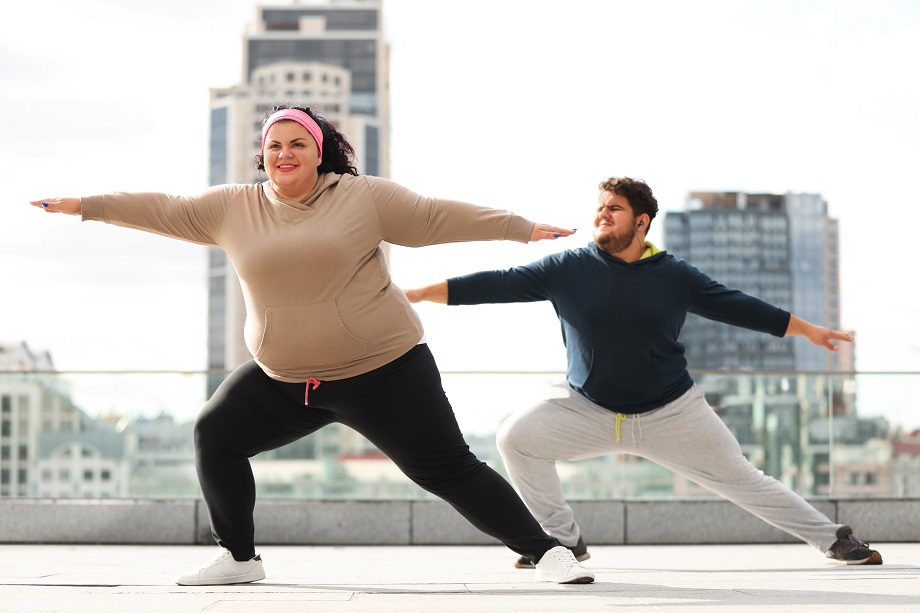
In another study, we worked with a professional rock climber who helped us get over 500 people to participate in training using a hangboard. A hangboard or a fingerboard is a training tool to increase hand and finger strength. The study showed that when they do these 10-second isometric holds, where people put only part of their body weight on their fingers, their tendons get this long low-intensity isometric that actually increases the strength of those tendons as much as if they were to lift or hold as heavy a weight as possible.
What you want to do is add in those low-intensity, longer-hold isometrics (especially for the legs) to your walking, running or pickleball exercise. The two types of exercise have an additive effect that keeps you healthy and actually makes you stronger.
Related Readings:
Intermittent fasting, balanced or a keto diet? Food for thought
Study shows that keto diet boosts size and strength of aging muscles, improves brain health
Saturated fatty acids negatively affect musculoskeletal tissues in vitro and in vivo
Effects of Different Loading Programs on Finger Strength in Rock Climbers


